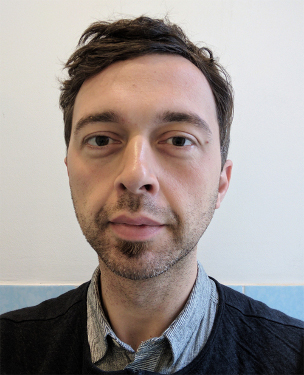Current Projects
ELDP-Project „A comprehensive documentation of Bine - a language of Southern New Guinea“, University of Cologne
Bine is an underdescribed language of Southern New Guinea spoken by around 2000 speakers. It belongs to the Eastern Trans-Fly languages, itself largely undocumented. This project provides the first comprehensive documentation of Bine. Specific outcomes of the project are a multipurpose collection of audio-visual recordings, a corpus of 8 hours of transcribed and translated text, a dictionary of 1,500 entries, a grammar sketch of the language, and a series of subtitled short films. The data acquired will be useful to linguists working in comparative linguistics, language description, and typology. Materials will also be created for Bine speakers to preserve their language and teach it to others.
Completed Projects
DoBeS-Project „Nen and Komnzo - Two languages of Southern New Guinea“, Australian National University, Canberra (Nicholas Evans and Christian Döhler)
Nen and Komnzo, the two languages focussed on by this project, are each spoken by a few hundred people in isolated villages in the Western Province of Papua New Guinea. They belong to the Yam language family, comprising around 20 languages, but which has not so far received any significant documentary or descriptive work, and which is located in a highly diverse part of New Guinea most of whose families have themselves received surprisingly little scientific attention. Preliminary work by Evans reveals them to differ significantly from ‘typical’ Papuan languages in many ways, including a highly unusual system of grammatical number, a rich and complex aspectual system, and complex verb morphology evenly distributed across prefixes and suffixes. For each of the two languages we will produce extensive documentation across a wide range of domains that includes detailed discussion of the natural world (particularly plant and bird names), mythology, auto-ethnography, swidden cultivation, fire management, and place names, as well as recordings of yam-counting ceremonies that employ unusual base-six counting algorithms. We aim to record over 80 hours of video and sound recordings for each language, of which at least 8 hours per language will be transcribed to high levels of accuracy. These will be accompanied by initial dictionaries of more than 3,000 entries for each language. A substantial proportion of the material we record will be fed back into the local systems of elementary education as readers, resource books and so forth, and local language centres will be set up in the two target villages plus the primary school of Morehead Station, the local administrative village.

